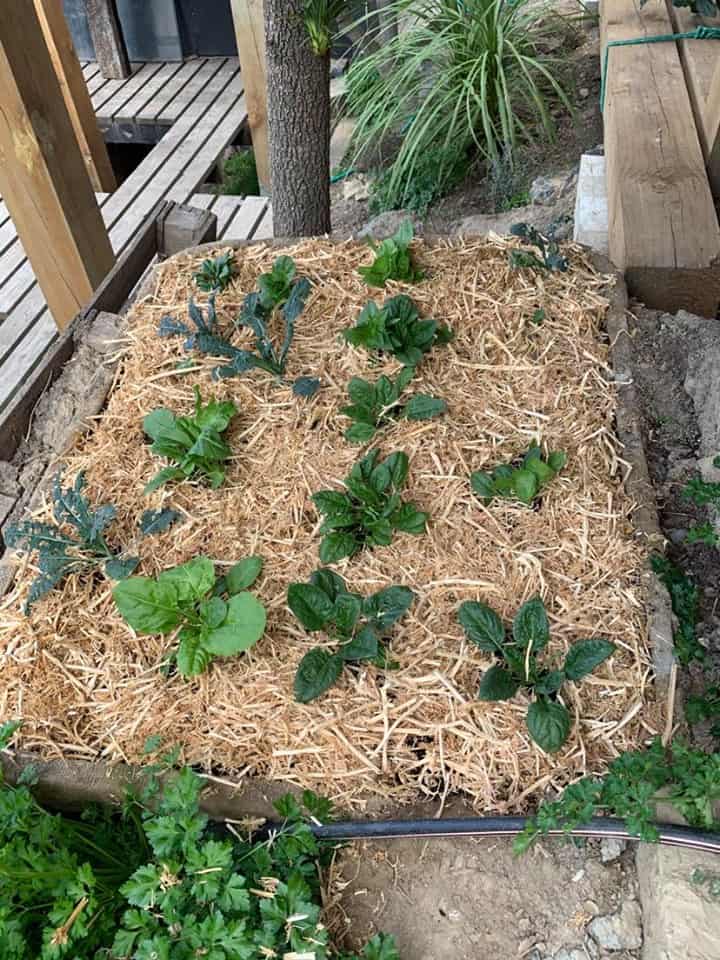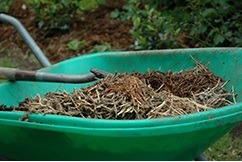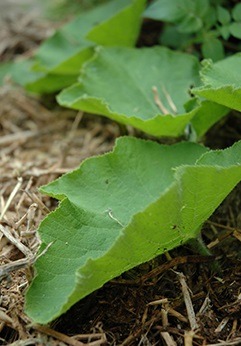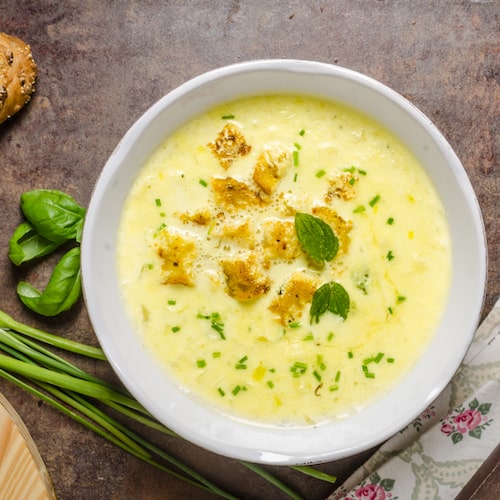
As you would expect, there are several ‘trade secrets’ to getting the best from your garden.
Many gardeners strive for years without ever really feeling completely satisfied with their efforts. Others struggle on without even guessing how much better it could be.
We are delighted to share with you one of Awapuni Nurseries’ best trade secrets.
How To Mulch For Best Results
This seemingly insignificant tip – and aren’t the best tips always so obvious in retrospect? – will ensure your garden is as healthy, vibrant and low maintenance as the best in the business.
Mulch often and regularly.

Mulching is the best kept secret in the fight against weeds, diseases and windy, dry or wet soil conditions.
It will save you time and effort in the garden and give your soil and your plants new life.
You’ll be amazed at the difference this seemingly low value practice will generate.
Forget about hours spent weeding. A layer of mulch is one of the best methods of organic weed control – it smothers weed seeds, ensuring they can’t germinate.
Soil too wet? Too dry? Mulch will provide and retain even moisture levels.
Have you ever watered your dry soil and simply watched the water run off? Mulch soaks it up like a sponge.
Ever grown inconsistent sized tomatoes? Some big, some little? Chances are your tomatoes were watered erratically.
To ensure a bumper crop of tomatoes, and many other vegetables, the soil should be consistently damp. Mulch will keep it that way.
Mulch will also prevent diseases. It reduces the need for overhead watering which, in turn, prevents diseases, like black spot and powdery mildew, from transferring through water.

Right – so if mulching’s the answer, the next question is which mulch should you use?
There are several types available and they are all good for different purposes.
Pea-straw is perfect for using in your vegetable or herb garden. Because it breaks down quickly it can be re-applied every time you re-plant your crop.
For best results, I recommend applying a nitrogen fertiliser, such as garden galore or nitrophoska blue, before you put the mulch down.
It can be pretty tricky to apply fertiliser after mulch has been applied!
Plus it will give the plants a fantastic kick start if it’s applied first.
Simply apply a layer of mulch 100mm deep over your garden decreasing it to 50mm deep as you get closer to the plants.
The trick is to keep the soil around the plants moist, without letting the roots get too damp causing rot.
Once you have harvested your crop simply dig the existing peastraw into your soil and re-plant and mulch.
Dug-in mulch is brilliant for giving your vegetables an added boost of nitrogen.
Tree mulch is good for using around trees and shrubs because it lasts longer and only needs to be re-applied every six months.
Just spread a layer of mulch out from the base of the plant to the drip line – the leaves on the outside of the tree.
Both tree mulch and pea straw can be found at your local garden centre.
For something a little trendier, I suggest using stones to retain the moisture in the soil.
Stones are ideal for large-leafed plants and trees like cabbage trees or palms.
When stones are watered the moisture evaporates and rises up under the leaves of your plants preventing them from drying out.
Put a weed-mat down, and cover it as far as your design requires with a layer of small stones.
The mat will stop the stones sinking into the soil and weeds growing through the gaps.
For a varied look I suggest adding a layer of larger stones.
Stones are great for creating a tropical look. And like the mulch, they are perfect at creating illusions and hiding unappealing soil.
So for a garden that looks like you’ve pulled all the tricks out of the bag this summer, remember now’s the time to mulch.




About The Author: Callumfatweb
More posts by Callumfatweb